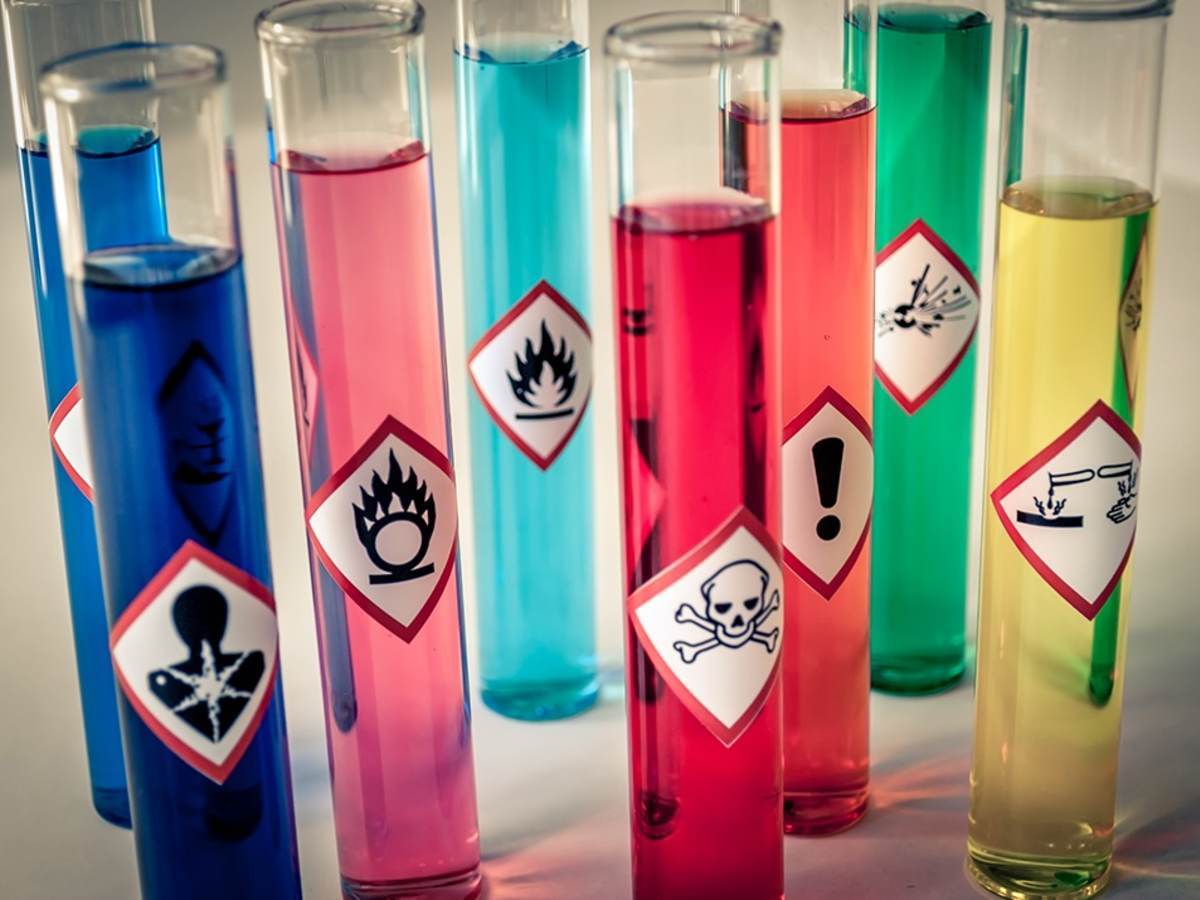February 18, 2022
by Tammy J. Murphy, Senior Regulatory Specialist, Supply Chain
Under the new Volatile Organic Compound Concentration Limits for Certain Products Regulations, a VOC is defined as “a volatile organic compound that participates in atmospheric photochemical reactions and that is not excluded under Item 65 of Schedule 1 to the Canadian Environmental Protection Act, 1999.” VOCs are precursors to the formation of ground-level ozone and particulate matter, which are two main components of smog. Smog has detrimental human health as well as environmental impacts.
Although Canada has already established VOC regulations for automotive refinishing products and architectural coatings, the voluntary guidelines for consumer product categories have not been sufficient for Canada to meet both its national and international commitments. On Jan. 5, 2022, the government of Canada published new regulations addressing this gap. The regulations prohibit the manufacture and import of products exceeding the VOC limits, unless a permit grants an exception.
The new regulations target household, institutional, industrial, and commercial products. Regulated product groups now include “personal care products; automotive and household maintenance products; adhesives; adhesive removers; sealants and caulks; and other miscellaneous products.”
The complete list of regulated product groups and sub-categories are found in the Table for Schedule 1, along with the maximum VOC concentration.
Specific examples include:
- Personal care products
- Antiperspirant and deodorants, both aerosol and nonaerosol
- Heavy-duty hand cleaner or soap (with exceptions)
- Nail polish remover
- Personal fragrance products (with exceptions)
- Maintenance products
- Automotive wax, polish, sealant, or glaze
- Automotive wash (except for those used exclusively for aircraft of locomotives), non-aerosol
- Windshield water repellant
- Air fresheners, including those with disinfecting properties (with exceptions), single-phase aerosols, double-phase aerosols, liquid or pump spray, solid or semi-solid forms included
- Bathroom or tile cleaner both aerosol and non-aerosol
- Graffiti remover, both aerosol and non-aerosol
- Laundry detergent or sizing or finishing products
- Spot removers, both aerosol and non-aerosol
- Toilet or urinal cleaning or deodorizing products, both aerosol and non-aerosol
- Adhesives, adhesive removers, sealants and caulks
- Acoustical sealant
- Structural waterproof adhesive
- Adhesive removers
- Miscellaneous products
- Nonstick aerosol cooking spray
Highlights of the regulations include:
- Currently, there is no required testing or general reporting requirements. However, the burden is on the manufacturer and/or importer to ensure that the products they manufacture and/or import meet the regulatory requirements.
- Testing for VOC concentrations and/or emission potentials for a product must be carried out by an accredited laboratory as defined in the regulations.
- All regulated products must be labelled with the date of manufacturer or a representative code. The explanation of the code must be disclosed to the Canadian government, if requested.
- If a permit is granted, clear directions for use must be in both French and English.
- If a product falls into more than one category, the most stringent limit must be used. Limited exceptions do apply.
- Records must be maintained with information dependent on whether the entity is a manufacturer or an importer.
- Examples of required record information for both manufacturers and importers, include the common or generic name of the product, the trademark and/or trade name of the product, etc.
- Additional information requirements for manufacturers includes recording the quantity of each product that is manufactured at each manufacturing location as well as the date of manufacture.
- Importers must maintain the quantity of each product imported per year as well as the date of importation, the Harmonized Code Description and Coding System number per the Customs Tariff, their business number (as assigned by the Minister of Revenue), the contact information (name, addresses, phone number(s), email, etc.) of the “principal place of business” of the product’s sender, etc.
- Any information submitted to the Canadian government must be maintained, along with a copy of any supporting documentation.
- Records must be maintained for a minimum of five years.
- There are three “alternative compliance options” with their own individual requirements. They are:
- VOC Compliance Unit Trading System
- Permit – Products Whose Use Results in Lower VOC Emissions
- Permit – Technical or Economic Non-Feasibility
- Coming into force dates for regulations and prohibitions:
- Jan. 1, 2023 – regulations in effect
- Allows time for permit applications, which ensures compliance of units, etc. from the time of publication of the regulations ( Jan. 5, 2022).
- Jan. 1, 2024 – VOC limits and emission potentials for the manufacture and import of products.
- For all products listed in the Schedule, except Item 31 – Disinfectants
- Jan. 1, 2025 – VOC limits and emission potentials for disinfectants
- Allows for potential reformulation and/or reapproval by the government.
- Jan. 1, 2023 – regulations in effect
The reader is strongly encouraged to read the full text of the regulations for complete details.
Recommended action items
- Review your product line and determine if any products fall under the Regulated Categories/Sub-Categories.
- Determine current VOC concentration limits versus newly established limits.
- Note the timelines for implementation of prohibitions:
- Jan. 1, 2023 – The regulations come into force.
- Jan. 1, 2024 – Maximum VOC Limits and Emission Potentials take effect for all products listed in Schedules, except disinfectants.
- Jan. 1, 2025 – Restrictions for disinfectants apply (Item 31 of the table in Schedule 1).
References/Resources
- “Volatile Organic Compound Concentration Limits for Certain Products Regulations.” Canada Gazette, Part II, 5 January 2022 edition.
- Environment and Natural Resources Certain Products and Volatile Organic Compounds website.
Regulatory Roundup Newsletter
Never miss an update
UL, the global safety science leader, can keep you updated on the latest events with a variety of materials, ranging from the latest regulatory news, webinars, white papers, events, industry insights and more.
Subscribe to our monthly Regulatory Roundup Newsletter and stay up to date on current and upcoming regulations and all the latest chemical industry news.
Safety Data Sheet (SDS) Authoring and Labeling Services
Create, maintain and distribute comprehensive SDSs and labels to meet your increasingly complex global compliance requirements.
Chemical Regulatory Compliance
Manage your chemical compliance needs with the help of global regulatory expertise and leading resources.
Chemical Compliance Training
UL provides a series of chemical regulatory training programs designed to help understand the diverse set of requirements and how to confront them.
Get connected with our sales team
Thanks for your interest in our products and services. Let's collect some information so we can connect you with the right person.





